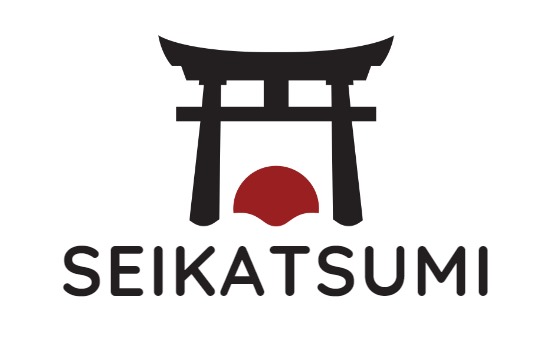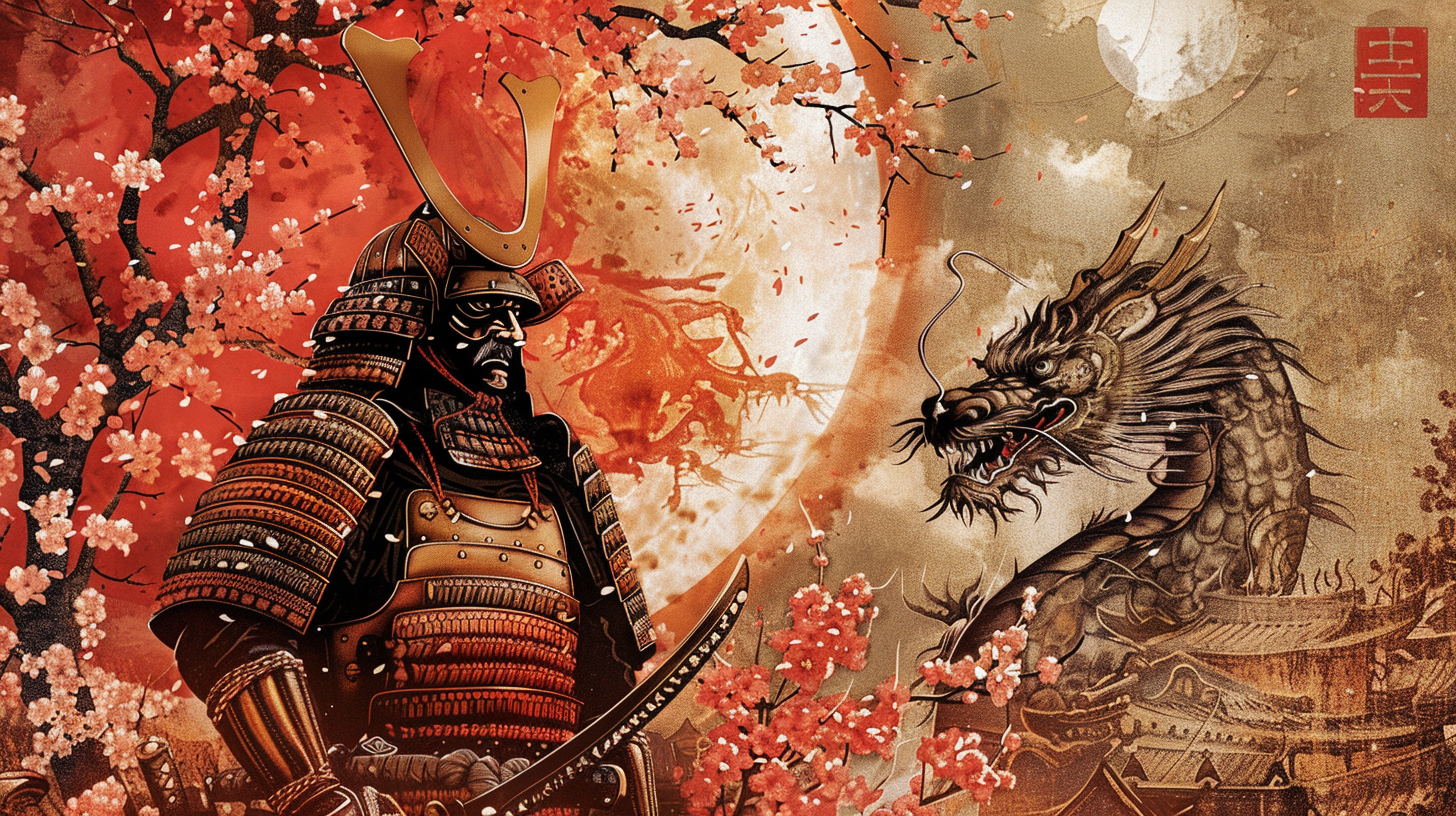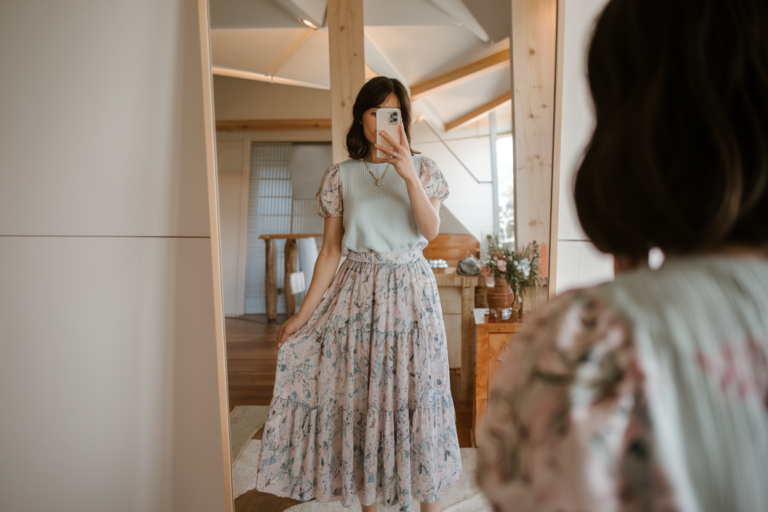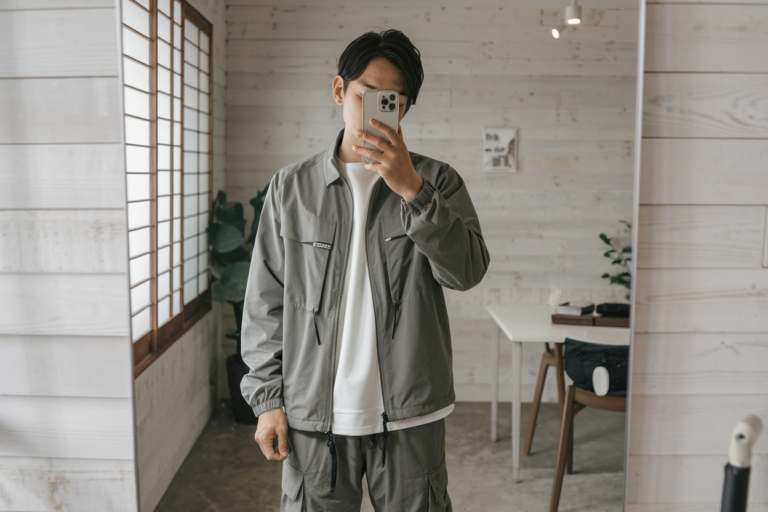Are you captivated by the enigmatic samurai culture of Japan? I’m right there with you!
I know the deep dive into the intricate world of samurai symbols is no small task. That’s exactly why I’ve dedicated so much time to uncovering their mysteries for you!
As a fellow history buff, I understand the allure these symbols hold. Today, they continue to inspire and captivate us with their beauty and depth.
Ready to explore the iconic samurai symbols and their enduring impact? Let’s embark on this historical journey together! 🙂
Historical Significance of Samurai Symbols

As I delve into the world of Samurai symbols, I can’t help but feel excited about the fascinating history and cultural significance they hold.
Origins and Evolution
The Samurai class emerged in Japan during the Heian period (794-1185) and were known for their military prowess, loyalty, and strict adherence to the Bushido code.
Samurai symbols, also known as Kamon, were used to identify the clan, family, or individual warrior.
Initially, Samurai symbols were simple, and only consisted of a single color or shape. However, as the Samurai class became more prominent, their symbols evolved to become more complex.
The symbols became more ornate and incorporated multiple colors and shapes to represent the clan’s history, values, and achievements.
Samurai Heraldry

Samurai heraldry was an important aspect of Samurai symbols. Heraldry was used to identify the individual Samurai warrior on the battlefield.
The heraldry was displayed on the warrior’s armor, clothing, and banners.
Samurai heraldry consisted of two main components: the mon and the kamon. The mon was a simplistic design that represented the clan, while the kamon was a more complex design that represented the individual warrior.
The kamon was often a combination of different elements such as animals, plants, and weapons.
Influence on Japanese Culture
Samurai symbols had a significant influence on Japanese culture. They were not only used for identification purposes but also served as a way to express the Samurai’s identity, values, and achievements.
Samurai symbols were often displayed on clothing, pottery, and other household items.
Today, Samurai symbols are still an important part of Japanese culture. They are often used in modern-day designs, such as logos and branding, to represent the values of honor, loyalty, and courage.
Samurai symbols hold a significant historical and cultural significance.
They represent the values, history, and achievements of the Samurai class and continue to influence Japanese culture today.
Iconic Samurai Symbols

As a Samurai, one’s identity and status were defined by the symbols they carried. These symbols not only represented their family lineage but also their prowess in battle.
Here are some of the most iconic Samurai symbols:
Katana – The Samurai Sword
The Katana is the most recognizable symbol of the Samurai. It was a weapon that was not only used for battle but also as a status symbol.
The sword’s curvature and length were designed to provide the Samurai with a distinct advantage in close combat. The Katana was also a symbol of the Samurai’s honor and discipline.
The sword was treated with great respect and was often passed down from generation to generation.
Kamon – Family Crests
Kamon is the Japanese term for a family crest. These crests were used to identify the Samurai’s family lineage.
Each family had its own unique Kamon, which was often embroidered onto the Samurai’s clothing or armor. The Kamon was also used as a symbol of the Samurai’s honor and loyalty to their family.
Menpo – Facial Armor
The Menpo is a type of facial armor that was worn by the Samurai. It was designed to protect the face from enemy attacks.
The Menpo was often decorated with intricate designs and was a symbol of the Samurai’s status and identity. The armor was made from a variety of materials, including iron, leather, and lacquered wood.
Symbolism in Samurai Armor

As a symbol of honor and protection, Samurai armor has intricate designs and patterns that captivate enthusiasts worldwide.
The armor’s rich symbolism is embedded in its design and craftsmanship. In this section, we will explore the symbolism of the helmet decorations and armor patterns.
Helmet Decorations
The helmet, or kabuto, is an essential part of Samurai armor. It is designed to provide protection to the Samurai’s head and neck while allowing them to see and hear clearly.
The helmet is often decorated with intricate designs and details that hold great historical significance in Japan.
One of the most popular helmet decorations is the maedate, which is a crest that is mounted on the front of the helmet.
The maedate is often made of metal or lacquered wood and is used to identify the wearer’s clan or rank. It can also be used to intimidate enemies on the battlefield.
Another popular helmet decoration is the shikoro, which is a neck guard that is attached to the bottom of the helmet. The shikoro is often made of leather or metal plates and is used to protect the Samurai’s neck from attacks.
Armor Patterns
Samurai armor consisted of various components, including a cuirass, arm guards, and leg guards, all made from materials like lacquered metal plates and leather.
The armor’s defensive gear helped shield the Samurai from the enemy’s weapons and projectiles. Additionally, Samurai armor served as a symbol of the wearer’s social status.
One of the most popular armor patterns is the kikko, which is a hexagonal pattern made of small iron or leather plates.
The kikko was often used to protect the Samurai’s torso and was popular among foot soldiers.
Another popular armor pattern is the haramaki, which is a belly protector made of leather or metal plates.
The haramaki was often used by horseback Samurai and was designed to protect the Samurai’s midsection from attacks.
Hey you! Are you interested in more history? Then be sure to check out our top articles! You definitely can’t miss it!
90s Japanese Fashion: A Nostalgic Trip Down Memory Lane 2024
Japanese Traditional Clothes Men: The Best Timeless Fashion Of Japan In 2024
Modern Interpretations and Legacy

As a symbol of Japan, the samurai has left a lasting legacy that continues to inspire modern interpretations in pop culture, contemporary art, fashion, and martial arts.
Pop Culture Representations
In movies, TV shows, and video games, the samurai is often portrayed as a skilled warrior with a strict code of honor and discipline. From classic films like Akira Kurosawa’s “Seven Samurai” to modern blockbusters like “The Last Samurai,” the samurai has captured the imagination of audiences around the world.
Even in animation, the samurai has found a place in popular series like “Samurai Jack” and “Naruto.”
Contemporary Art and Fashion
In the world of art and fashion, the samurai has become a popular theme for designers and artists alike.
From traditional Japanese woodblock prints to modern streetwear, the samurai has inspired a wide range of creative expressions. Some artists have even reimagined the samurai as a futuristic cyborg or a post-apocalyptic warrior.
Martial Arts Inspiration
For martial artists, the samurai is a source of inspiration and a symbol of discipline and mastery. Many martial arts schools incorporate elements of samurai philosophy and training into their curriculum, such as the use of traditional weapons like the katana and the yari.
Even outside of Japan, the samurai has had a profound influence on the development of martial arts, including Brazilian Jiu-Jitsu and mixed martial arts.
Frequently Asked Questions
What is the most recognized symbol of the Samurai?
The most recognized Samurai symbol is the Katana, a long, curved sword.
Do Samurai symbols have specific meanings?
Yes, each symbol, like the Katana, Cherry Blossom, and various crests (Mon), has distinct meanings relating to honor, bravery, and the transience of life.
Were animals used as Samurai symbols?
Yes, animals like the dragon, tiger, and hawk were symbolic, representing strength, courage, and strategic insight.
If you liked this blog article about Samurai Symbols, don’t forget to follow us on Pinterest so you don’t miss any more samurai tips.
Let us know, which of the above ist your favorite Samurai symbol!






